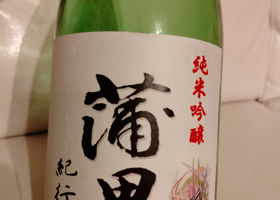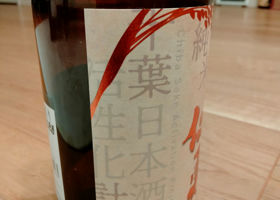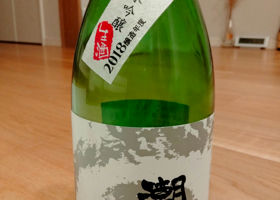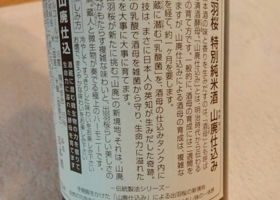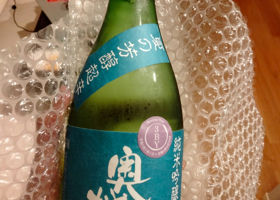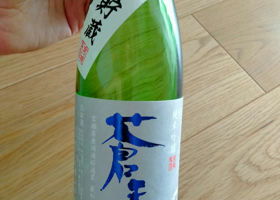
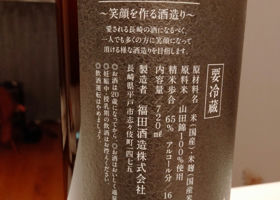
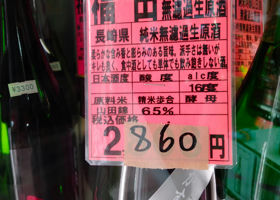
ぷぷ
Sake brewed by brothers in Hatsu-Nagasaki, Fukuda Sake Brewery. It is freshly brewed sake. I like the elegant atmosphere of sake with a hint of sake. It's not for everyone, though.
The first aroma is soft rice aroma, and when you drink it, you can feel the tangy gasiness and the sweetness that is not too assertive, and it has a good sharpness! It's juicy and tasty, perhaps from the sake's haze! I'm glad to hear that the Kasumi was limited edition 🎉I could enjoy this sake on its own ✨.
Japanese>English


